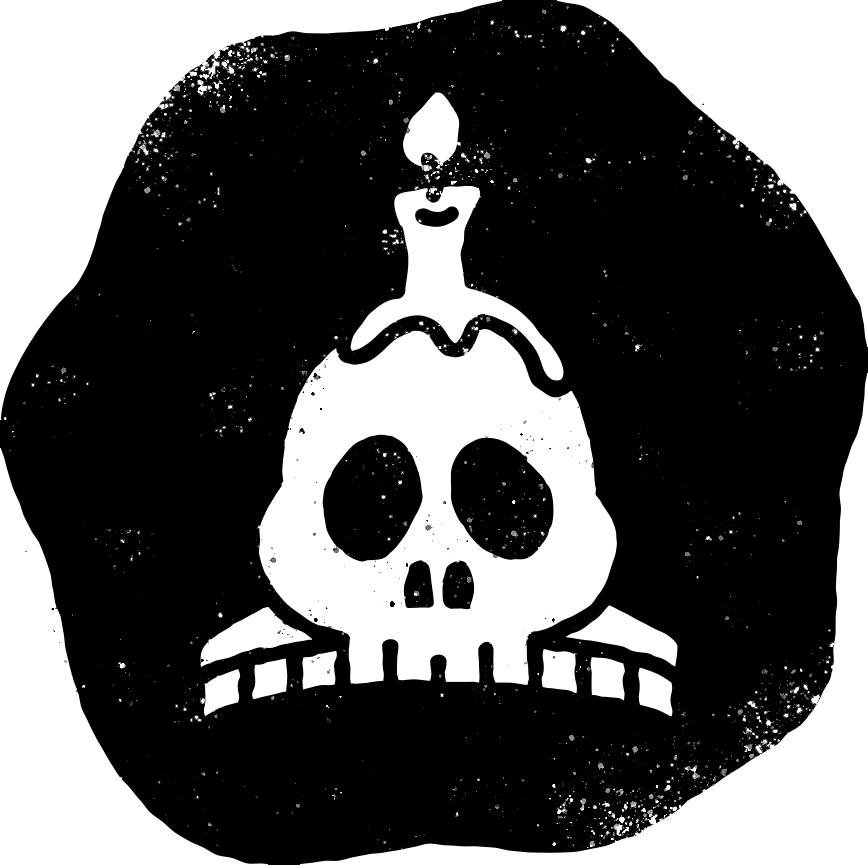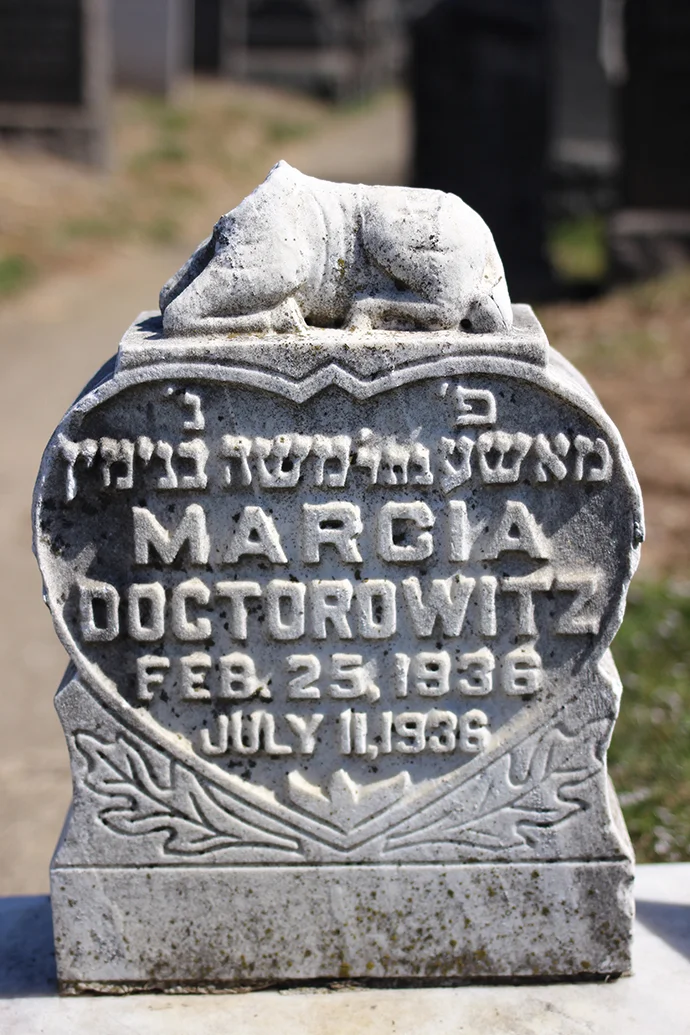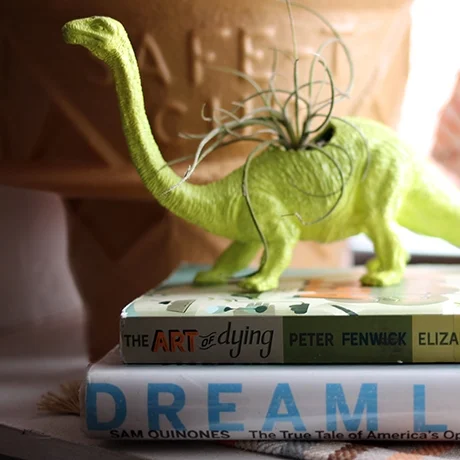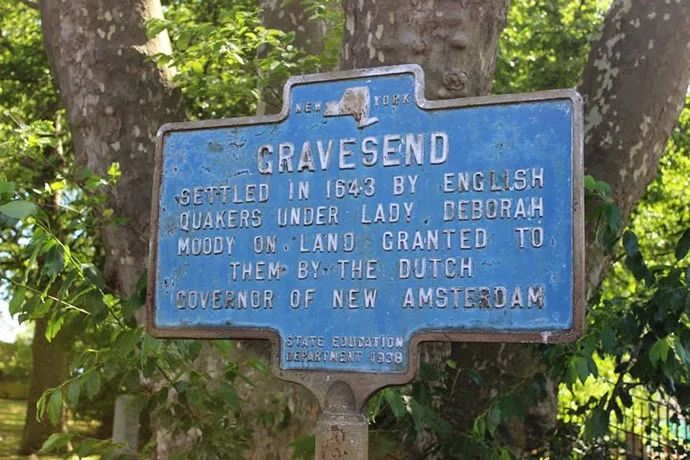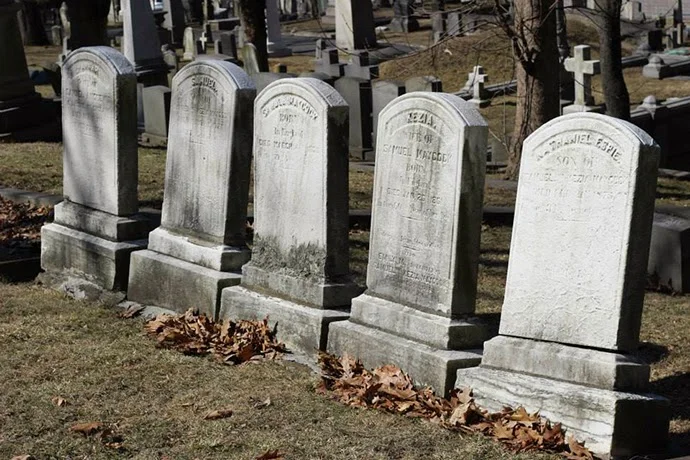Washington Cemetery
Washington Cemetery, located in South Brooklyn, was founded in 1850 and became a Jewish burial ground around 1857. It comprises five, gated cemeteries and it's huge—I spent hours there recently and only covered part of #1. Jewish cemeteries have been in the news lately after they've seen an uptick in vandalism. Washington Cemetery recently denied that vandals had tipped 42 fallen headstones, saying instead that the stones were just old and had fallen naturally.
Washington Cemetery first came onto my radar as I was riding the F train to see another cemetery—Gravesend—years ago. The elevated train track runs right through the middle of the cemetery, and it's hard not to miss the tightly-packed rows of stones stretching far into the distance on either side. This bird's eye view is not something you get with every cemetery, and it's humbling to view thousands of headstones from above—like a miniature city of the dead.
I did notice some fallen stones—and one headstone with graffiti—but nothing else out of the ordinary for a cemetery this old and crowded. Washington is clearly well-maintained, and I saw several people visiting and tending to graves while I was there. It took me years to finally make it to Washington due to F train changes, its early gate closures and the fact that it's closed entirely on Saturdays (for Shabbat).
The thing I've noticed most about Jewish cemeteries here in New York is that they tend to be very tightly packed—in some sections there's barely room to squeeze past each stone. The headstones vary greatly in their design—some are very tall and ornate, some are squat and plain and the very oldest are indistinguishable from others of their time period. Some contain uniquely Jewish symbols, and others are written entirely in Hebrew or contain some combination of it and other languages.
Something else you'll notice is the absence of planted or even freshly-cut flowers, which is not a Jewish custom for a few reasons. What you will notice instead are stones or fake flowers, which serve a similar purpose—to commemorate the deceased and show that they have been visited and have not been forgotten. I have always liked this approach because it feels more permanent to me than flowers that will wilt and die—the last thing you need in a cemetery is yet another reminder of our fleeting time on Earth.
